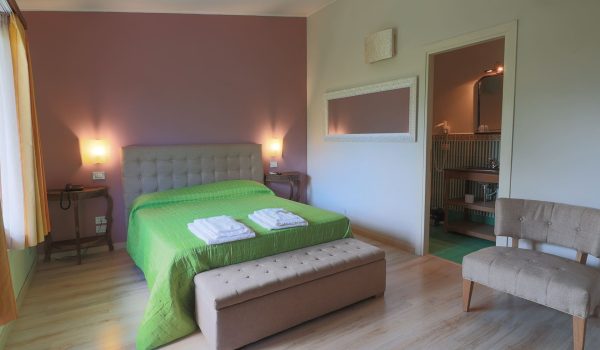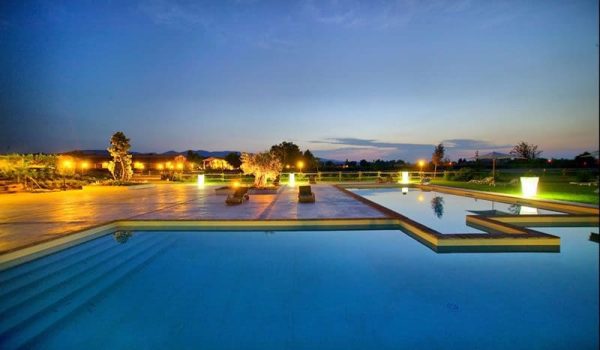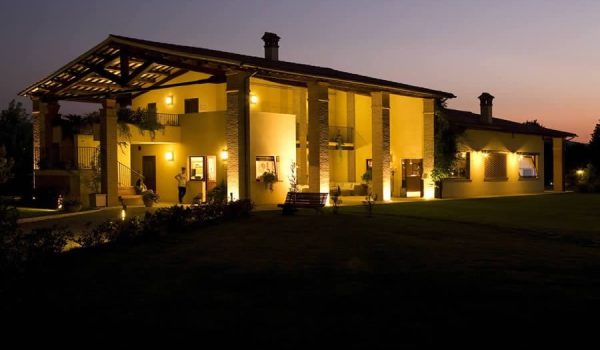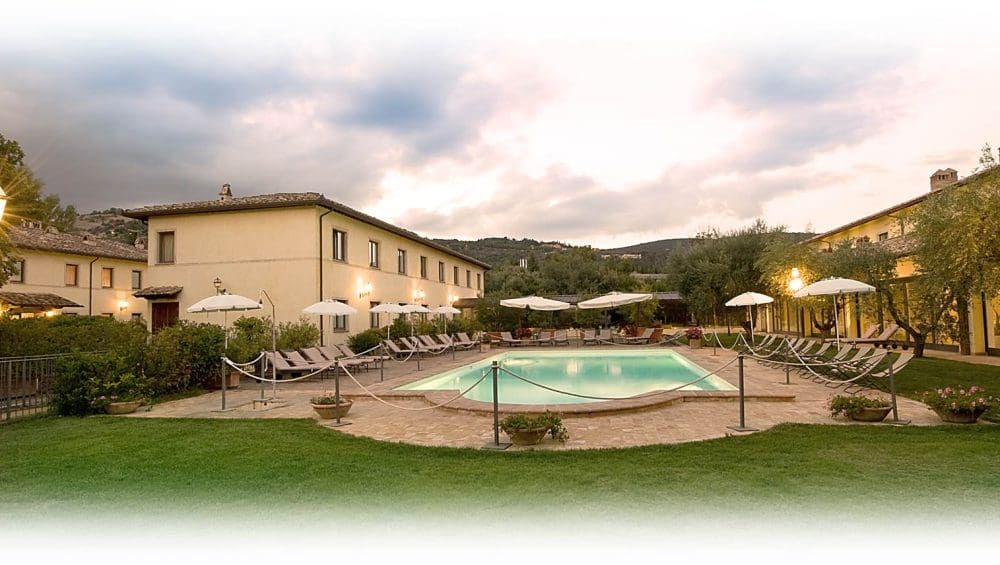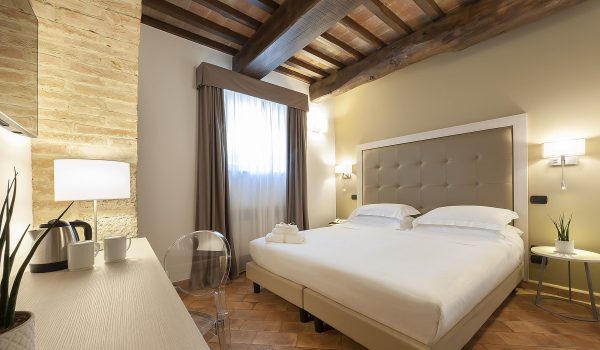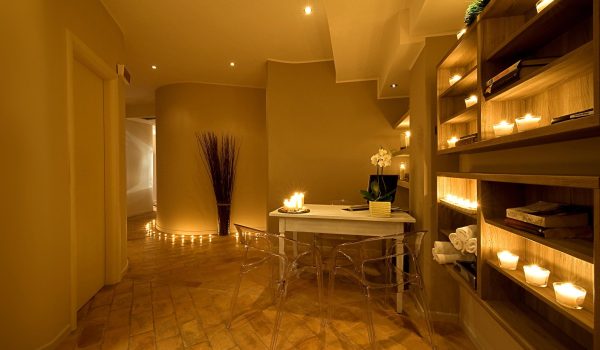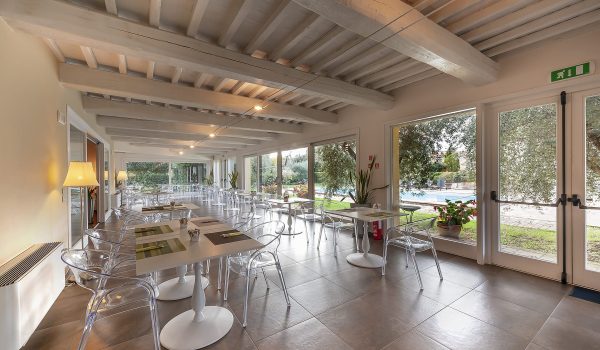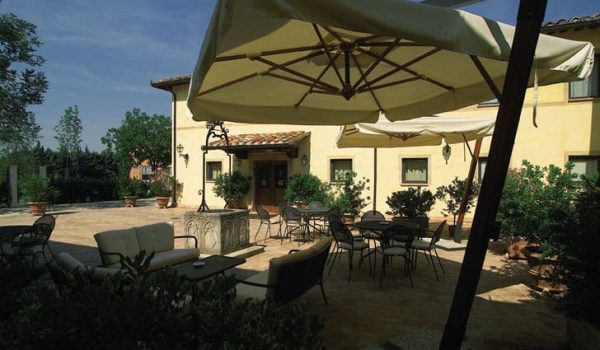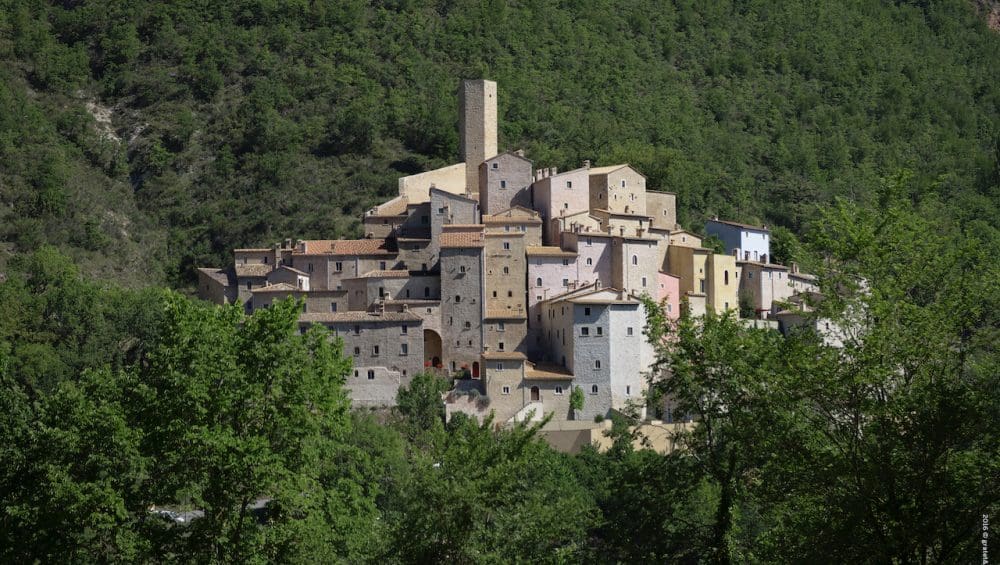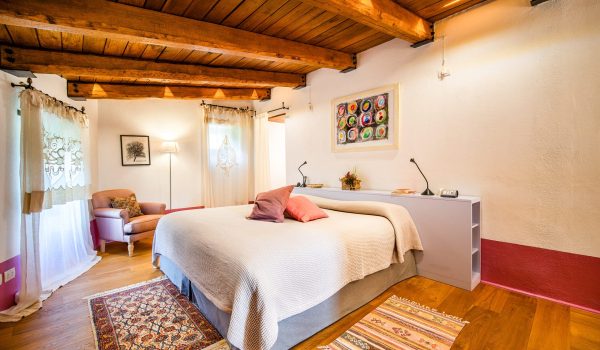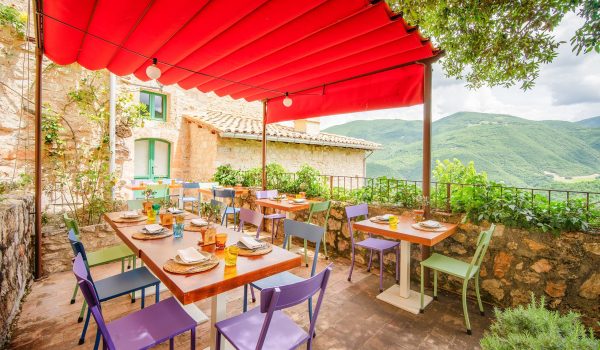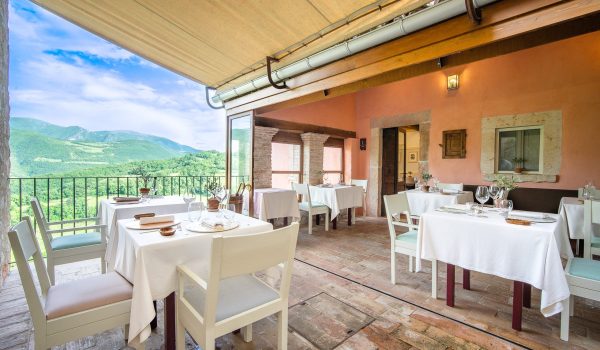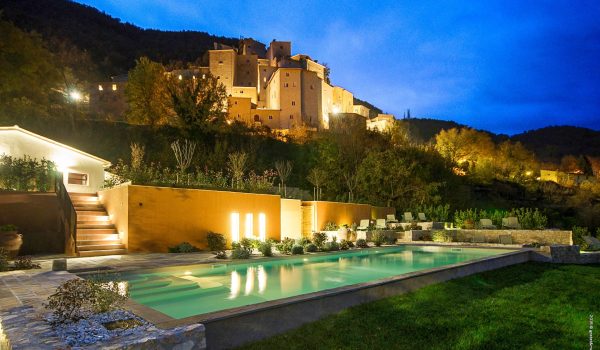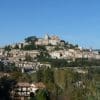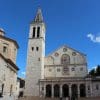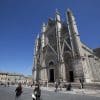On the Path of Ceramics
On the Path of Ceramics
Starting from Euro 195,00 per person
If during your travels and holidays in Umbria you are not satisfied with seeing but want to deepen, understand and know, you can let yourself be fascinated by the mastery of skilled craftsmen who have handed down precious knowledge in their workshops for generations by working the ceramic.
1st day
Arrival in the early afternoon. Deruta, the city par excellence of artistic majolica, among the most appreciated and known in the world. The “Raphaelesque” decoration characterizes all the production: they are fast interweaving of leaves, birds and other animals with Moorish motifs, and the prevailing colors of this type of ceramic are intense cobalt blue and yellow on white enamel which embellishes the whole. Particularly in the former convent of San Francesco, it is worth visiting the Regional Museum of Ceramics, which documents centuries of this activity.
Followed by a visit to an artisan workshop.
Accommodation in the structure and overnight.
2nd day
After breakfast moving to Gubbio.
The fame of Gubbio ceramics is linked to the name of Mastro Giorgio, whose original majolica with ruby and pale gold reflections are still today the object of study by artists from all over the world. This type of processing is accompanied by the processing of the famous black and shiny vases called buccheri, which repeat the shapes and friezes of the very ancient original Etruscan models.
Sightseeing tour with the Gubbio Express.
Free lunch
In the afternoon we move to Gualdo Tadino, a place where the production of ceramics had already started in the distant fourteenth century and which saw a rediscovery at the end of the nineteenth century by Paolo Rubboli of the ruby gold luster, according to the Arab formula described by Cipriano Piccolpasso, a renewed artistic season opens for Gualdo ceramics. Entrance to Rocca Flea
Overnight.
3rd day
After breakfast, the journey to Orvieto ends. Over the centuries, traces of the ancient activity had been lost, until the beginning of the twentieth century, when the rediscovery of finds dating back to the Middle Ages reawakened the impulse to a rich and flourishing production. Orvieto Carta Unica will be made available for visiting the main monuments.
Our best offer is starting from € 195,00 per person
The fee is per person and includes:
- 2 nights in a double/twin room with breakfast
- Admission to the Regional Museum of Ceramics
- Visit to an artisan workshop in Deruta
- Sightseeing tour with the Gubbio Express
- Entrance to Rocca Flea
- Orvieto Carta Unica
- Europ Assistance insurance
The fee does not include:
- Extras, tips and offers
- Means of transport
- City tax where introduced by the Municipality of reference
- Anything not expressly indicated in “the rate includes”


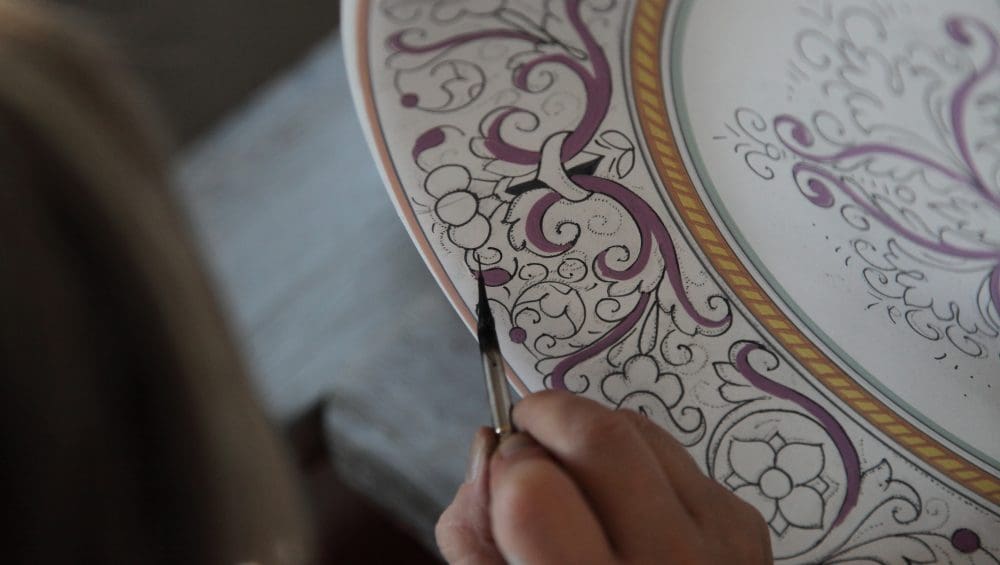
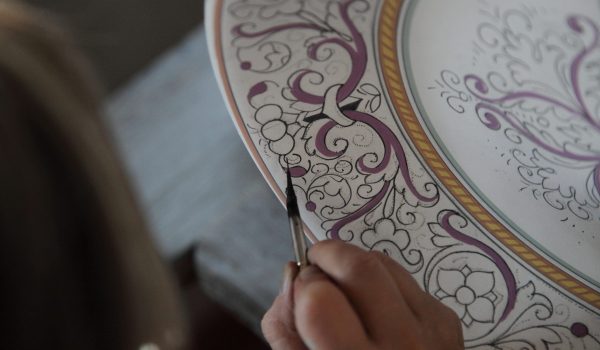
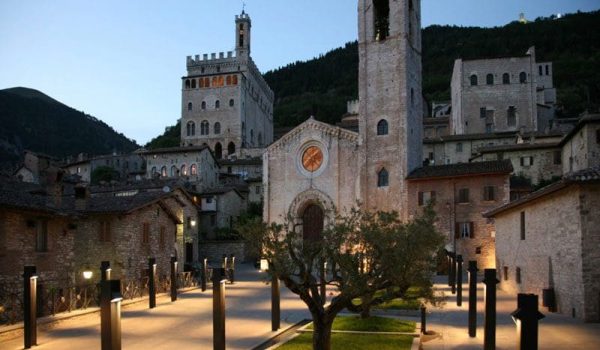

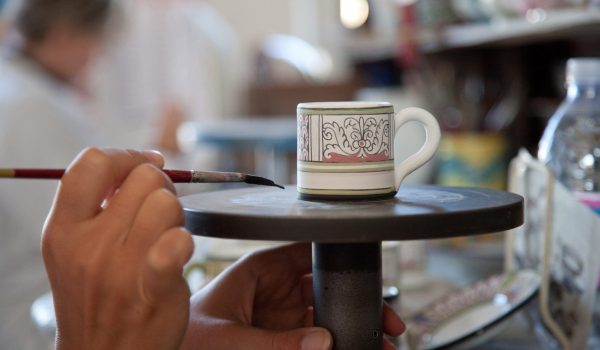
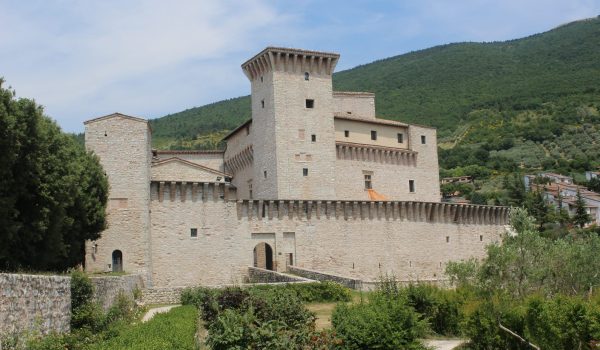
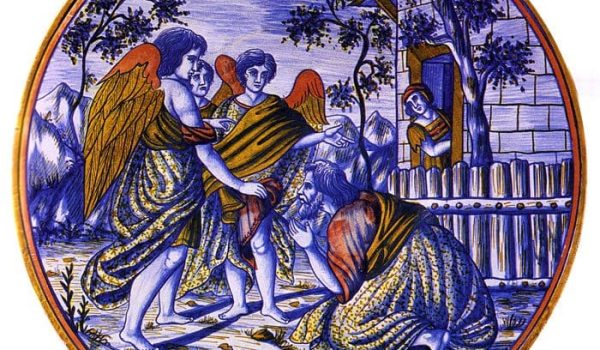
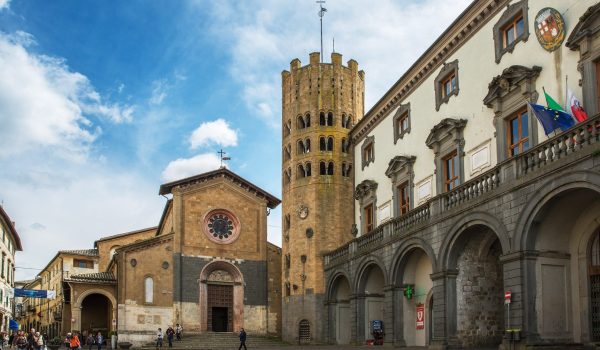
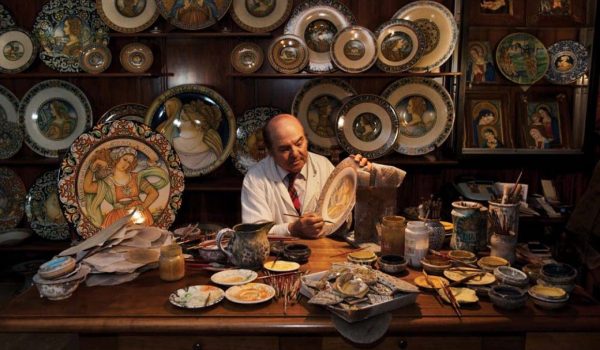
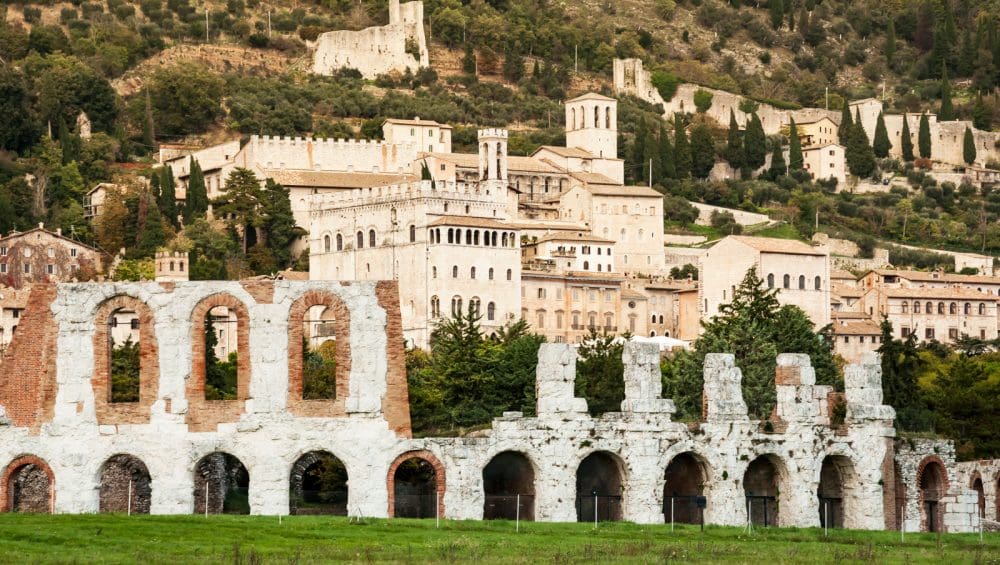

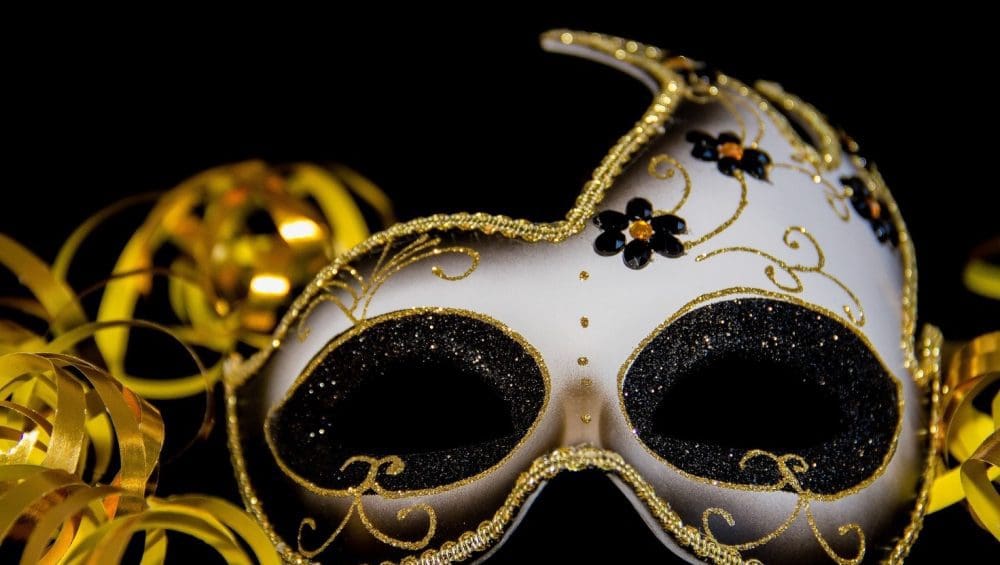
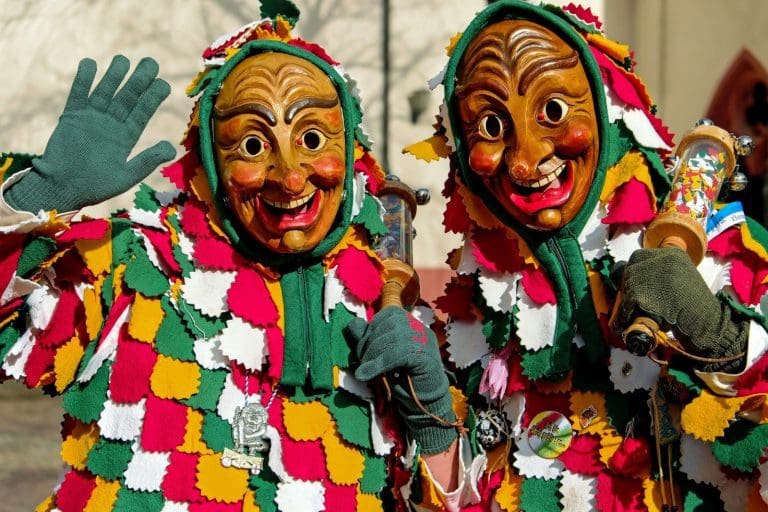



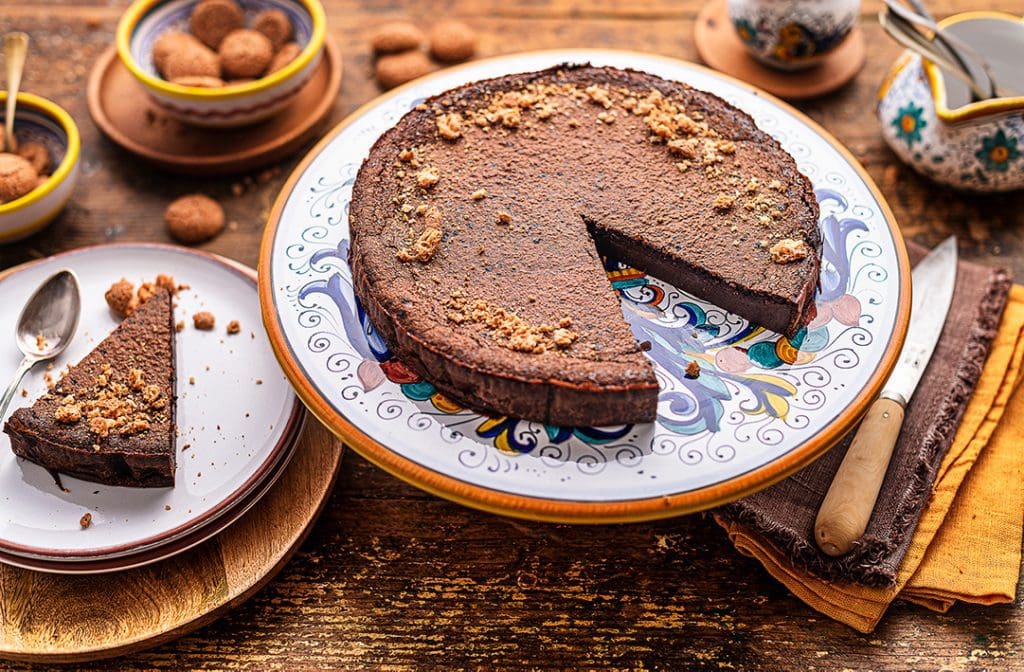
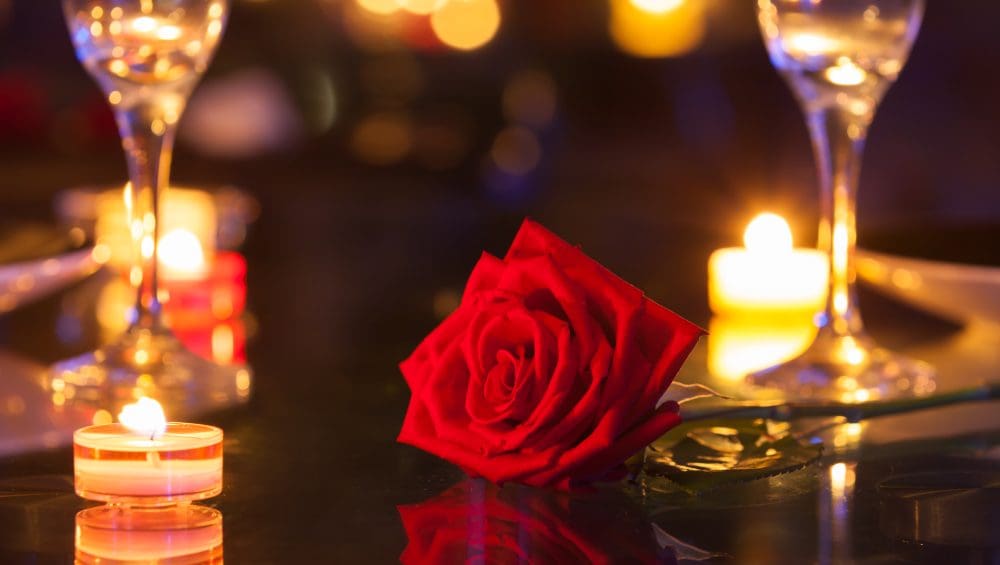

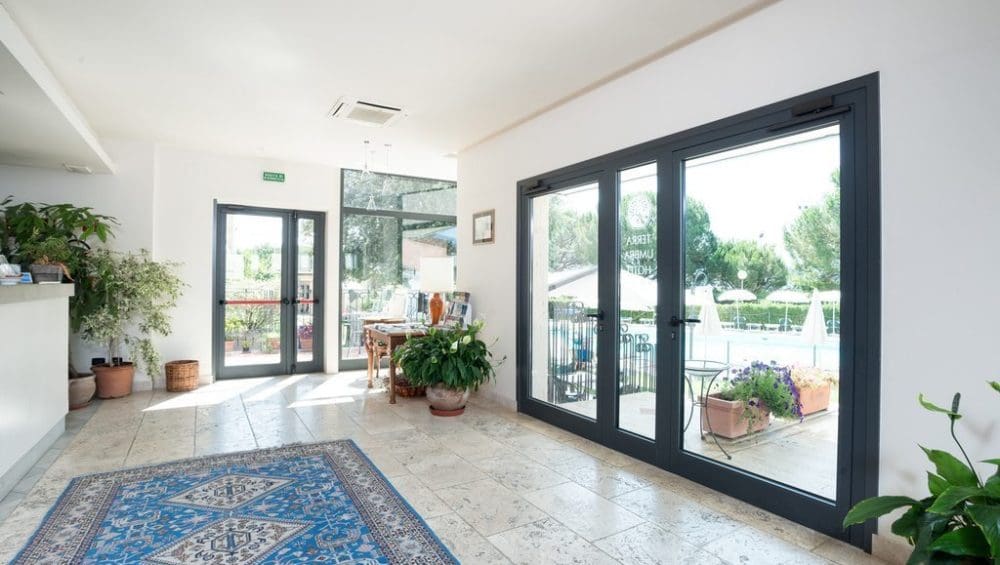
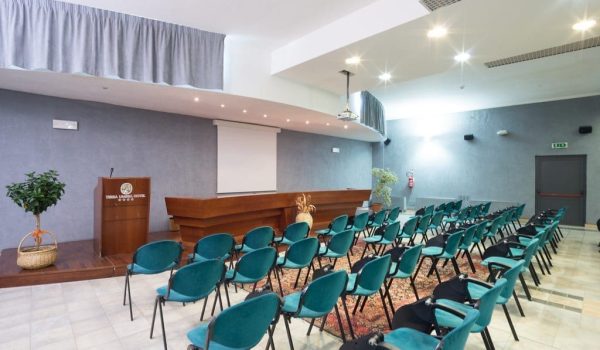
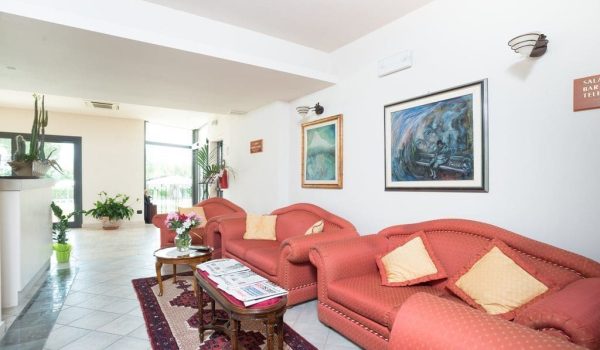
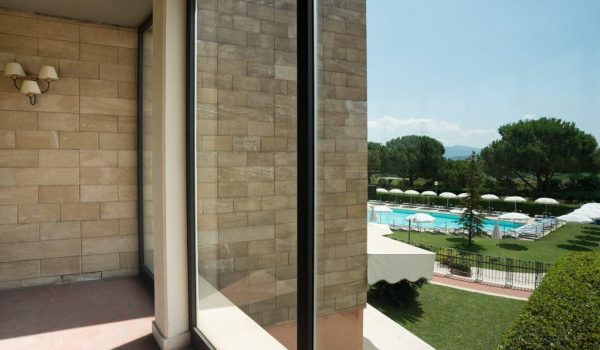
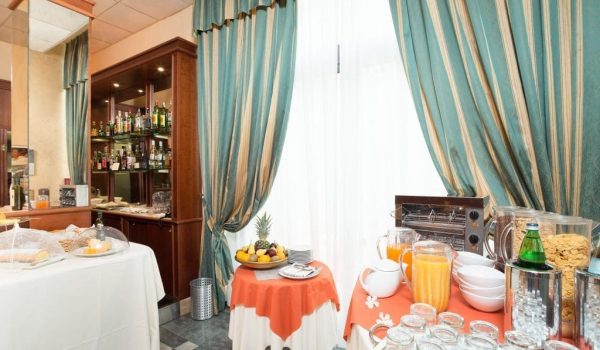
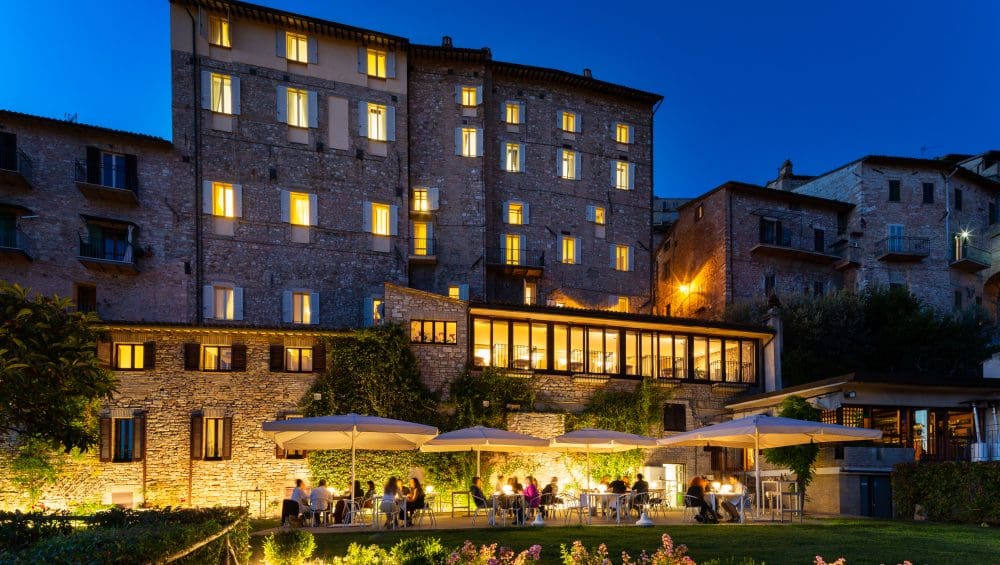
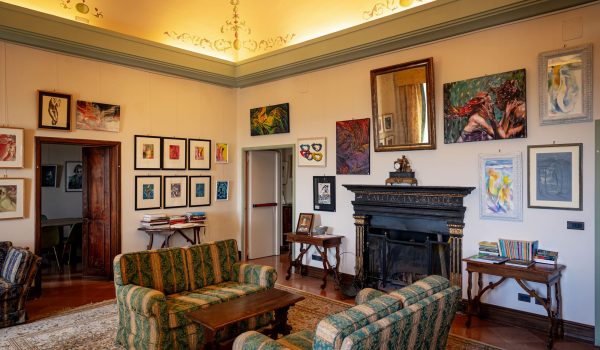
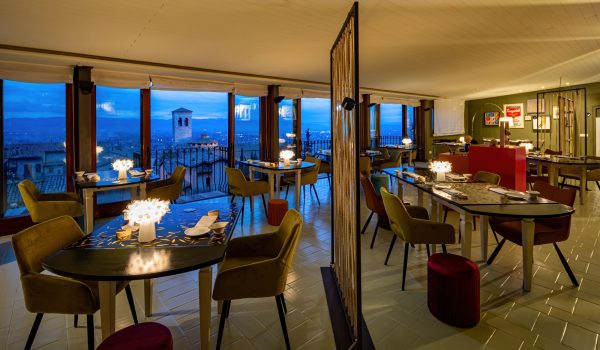
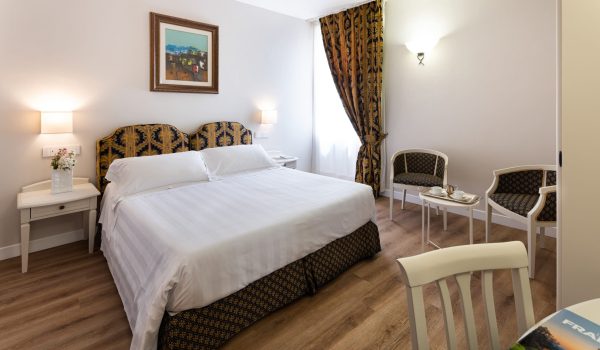
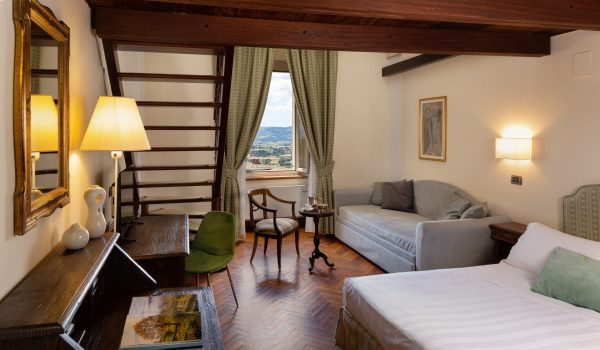
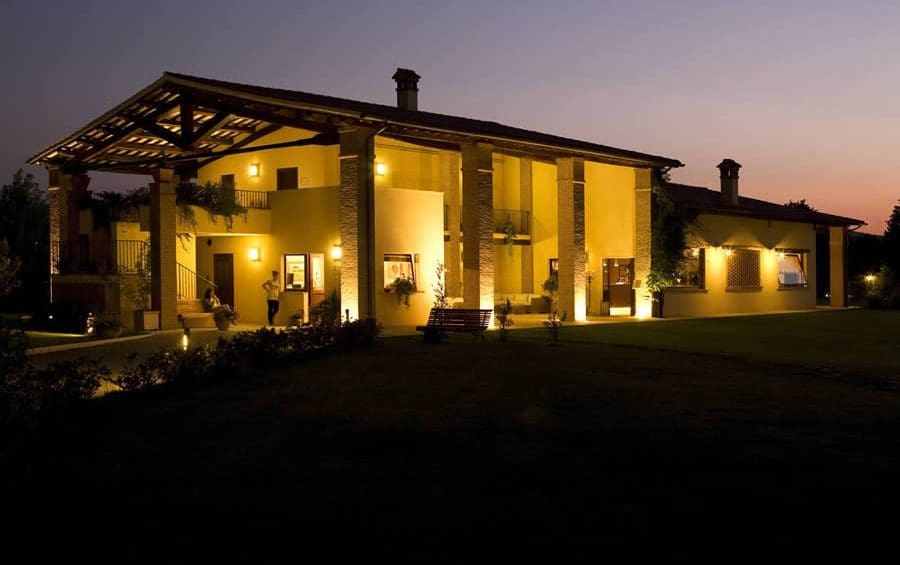
![image00003[1] - Relais il Baio hotel e centro estetico](https://www.umbriasi.it/wp-content/uploads/elementor/thumbs/image000031-Relais-il-Baio-hotel-e-centro-estetico-scaled-r0rjlf0m0h66qowt079xcbl0i32yzah8h255507t7w.jpeg)
